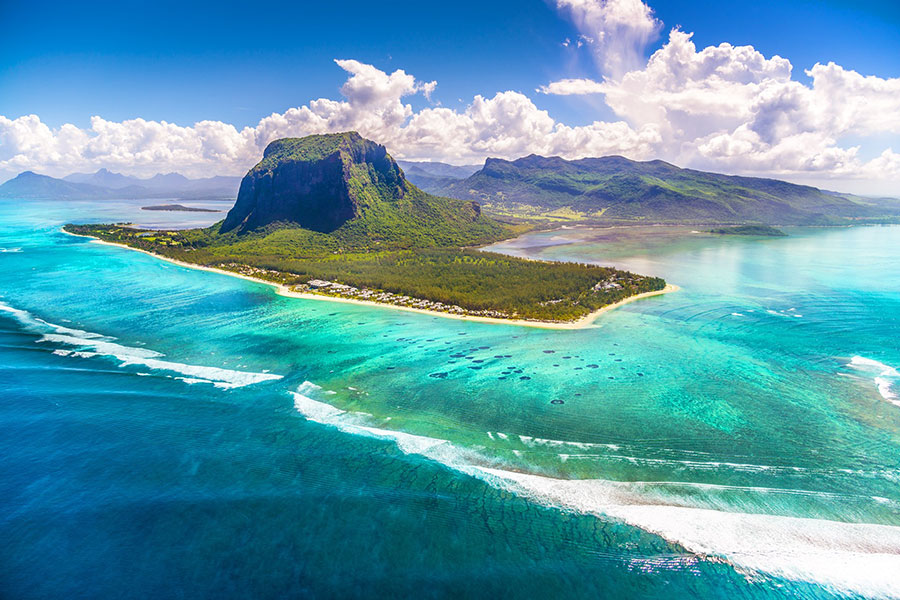Scientists have found a lost continent beneath the island of Mauritius in the Indian Ocean. This newly discovered continent is about 3 billion years old, and it was a fragment of the 200-million-year old supercontinent “Gondwana.”
According to lead author professor Lewis Ashwal, in Mauritius, there is not a single rock that is not older than 9 million years. This new continent that is found under the touristic tropical island is too old to be in the ocean, that is why they believe that it is a fragment of Gondwana rather than an island. This discovery has led scientists to believe there might be other undiscover micro-continents.

“Mauritius is an island, and there is no rock older than 9 million years old on the island. However, by studying the rocks on the island, we have found zircons that are as old as 3 billion years.” Said professor Aswal.
The new continent: Mauritia
In 2013, scientists reported the discovery of remnants of an ancient continent below the island of Mauritius in the Indian Ocean, as they discovered traces of ancient minerals in beach sand.
Their results were dismissed that time by saying that the material was probably blown in by the wind or that it had been carried in the scientists’ shoes. Anyhow, they called for a broader study on the split of the supercontinent, Gondwana.
It was a team led by Lewis Ashwal from the University of the Witwatersrand in South Africa, who confirmed that the Mauritius was in fact sitting on top of a submerged micro-continent, which they now call ‘Mauritia’.
According, to lead author professor Ashwal, Mauritia formed when the supercontinent split about 200 million years ago, to become what now is Africa, India, Australia, South America and Antarctica.
More specifically, Mauritia was a consequence of the splintering of India from Africa. They believe that there are other sunken parts of Gondwana left in the Indian Ocean that people don’t know anything about.
The study was published in the Journal Nature Communication.
Scientists found zircons that are about 3 billion years old
Zircons are minerals that are found in granites from the continents. They contain traces of uranium, thorium and lead, and they are highly resilient, which means they contain a rich record of geological processes and can be dated extremely accurately.
Scientists found zircons that are so much older than the crustal material in Mauritius, that is just 9 million years old. This means that they found in fact a continent, because islands are not 3 billion years old.
“Earth is made up of two parts – continents, which are old, and oceans, which are ‘young’”, said lead author Professor Lewis Ashwal. “On the continents you find rocks that are over four billion years old, but you find nothing like that in the oceans, as this is where new rocks are formed.”
According to Ashwal they study the break-up process of Gondwana to understand the geological history of the planet. Given the new discovery, they believe that Gondwana break-up was a complex splintering that left several fragments of continental crust of different sizes floating within the evolving Indian Ocean basin.
Source: Tech Times
